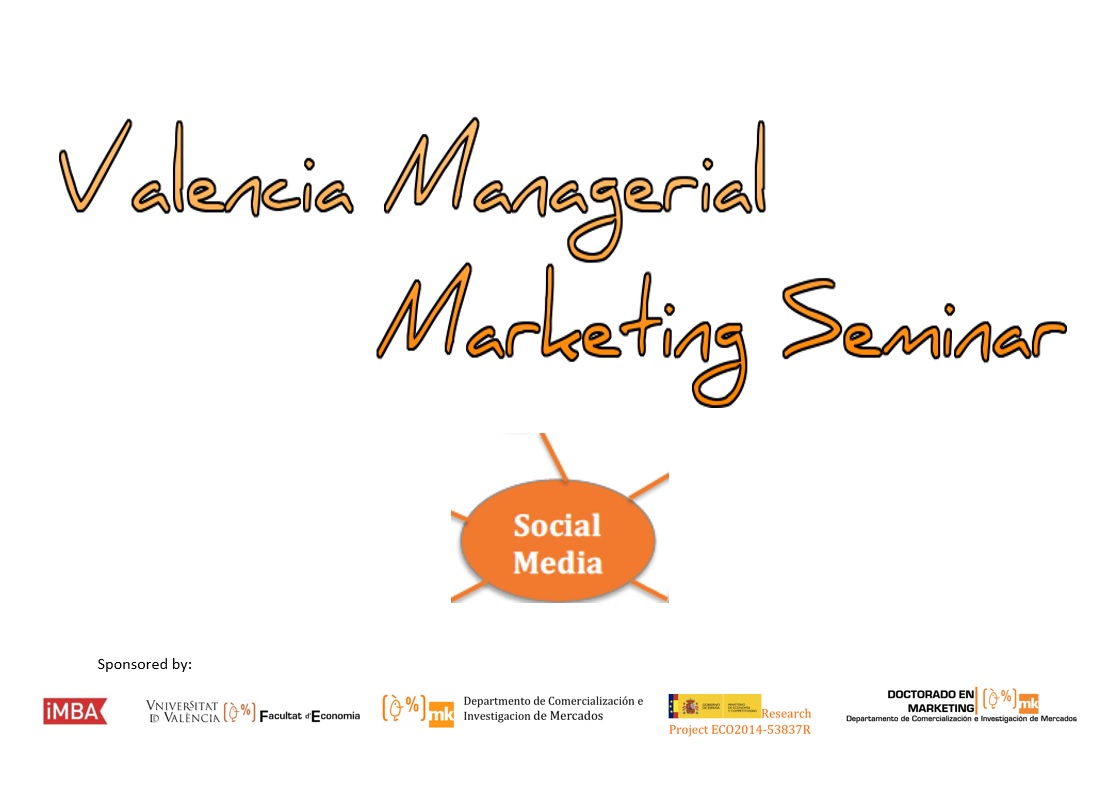
The act of engaging is taking a much broader meaning in the digital era. Social media has placed brands a finger stroke away from their customers, with the traditional barriers of entry into advertising and self-promotion (namely high costs) quasi-permanently left open. The fight for brand engagement – here in the form of likes, shares/retweets or mentions – has thus become tighter than ever.
21 de marzo de 2016
Much has been said of the rise of social advertising as a cheaper and more direct way of creating customer interaction, but what about other more traditional manners of promoting one’s business? How significant is the crossover between non-social advertising and social brand engagement?
In a study led by American media giant Turner Broadcasting and analytics platform 4C Insights, the two partners examined whether the small screen can still be still a key driver for brand engagement. This research, using Nielsen TV ratings, Facebook (likes and comments) and Twitter (@handle mentions and retweets) public engagements, and paid social impressions amongst other indicators, set out to answer one simple question: how well does TV advertising measure up to Social Ads as a brand engager?
The main finding from this study is that a meaningful number of social media brand engagements are in fact driven by television advertising. Around 1 out of every 5 – 19.5% – Facebook and Twitter engagements that the 26 studied brands received from May to October 2015 could be traced back to a TV ad. Approximately 35.5% came directly from paid social ads – as the study mentions, a logical number considering they are “one click away from brand social pages” – while the remaining 44% were unspecified (word-of-mouth, organic interaction, etc.).
The picture becomes even clearer when putting these last interactions aside: Television advertising drives little more than half the social media engagements social ads do (35.5% to 64.5%). While this may seem flattering for social media promoters, when you take into account the contrasting efforts required from a customer to engage following a Facebook/Twitter ad (one click) and a television ad (booting up the app, searching and finding the brand’s social presence and interacting), the figure for TV marketing could be viewed as surprisingly encouraging.
The study also highlights the unequal impact an ad can have depending on when it’s scheduled to air. Premium programming (defined as Sports, Live and Original programs) produced a significantly higher impact on social brand engagement than Non-Premium programming: while less than 3 out of every 10 impressions (as in, the number people who viewed it) were from Premium ads, they were responsible for 64% of all total driven social engagements.
Put in other terms, if in a hypothetical situation the ads from one of these businesses produced 1000 impressions and 100 engagements, 720 non-Premium impressions would have led to 36 engagements, while the 280 Premium impressions would be quantifiable for 64 interactions – a 5% success rate to 22.8%, 4.5 times higher for Premium TV ads.
This all seems very well, but TV advertising is expensive, particularly prime-time ads. In the most extreme cases one 30-second commercial can set a business back by several hundred thousand dollars (or $5 million if you plan on airing during the Super Bowl). Does it warrant the cost? 4C’s research shows that even readjusting the previous results as a cost to engagement index (that 28% of total impressions equates to 36% of total ad fees), Premium content still produces over three times more engagements/three times the value.
However, the study doesn’t provide a cost to engagement index for Social Media ads. Considering that internet advertising still costs a fraction of what “traditional” channel ads do, and comes with little to no structural costs, this could perhaps be a more insightful metric. Also, it’s hard to quantify how much real value social media engagements have in normal circumstances to a business’s balance sheet. Does social content marketing have the edge over TV advertising, or is using both in complementary ways the road forward?
The full report for this research, entitled «Television Advertising is a Key Driver of Social Media Engagement for Brands», can be found here.










